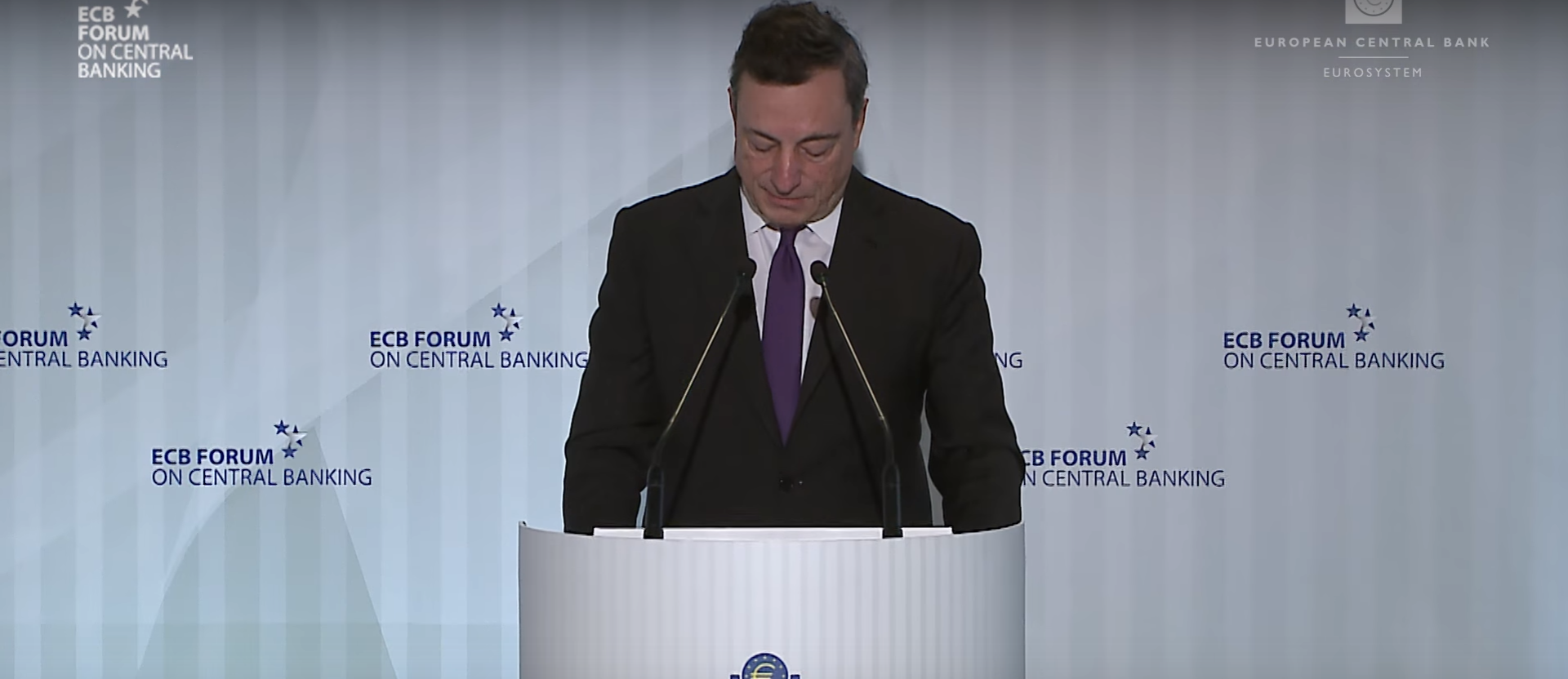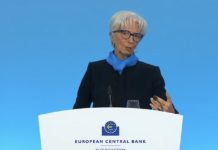最後更新日: 2024年01月23日
續《Draghi 又講左啲咩?- Part I (歐央行年度峰會開幕演說,2017年6月27日)》
Draghi 又講左啲咩?- Part I (歐央行年度峰會開幕演說,2017年6月27日) | 央行及貨幣政策觀察
第二個AD上升亦無法提高通脹的解釋,是歐央行對區內Output Gap的估算不準確,其中一個理由是當AD上升,勞動力供應亦同時上升。Draghi在文中舉列指,自2007年以來美國的勞動參與率(Labour Participation Rate)下降了3個百分點,但歐元區則上升1.5個百分點。
另一方面,就是失業率的未必反映一切。在金融海嘯期間,歐元區的失業率上升同時,就業不足及臨時工人亦同時上升,Draghi認為這對通脹的走勢有影響,因為這類只有工時不足的僱員在商討新職業安排時,可能會傾向要求更多工時多於更高薪酬。
Another reason why there is some uncertainty over slack is the correct notion of unemployment – that is, there may be residual slack in the labour market that is not being fully captured in the headline unemployment measures. Unemployment in the euro area has risen during the crisis, but so too has the number of workers who are underemployed (meaning that they would like to work more hours) or who have temporary jobs and want permanent ones. This has implications for inflation dynamics, since these people might prioritise more hours or job security over higher wages in employment negotiations.
他又指出,如果計及就業不足及邊際勞動力,亦即是所謂的U6失業率計,失業率高達18%。該行的研究又指,以U6來推算的Phillips Curve預測力更強。
另一個Draghi提及的可能解釋是近年的定價行為改變,可能令薪酬及價格上升的速度減慢,例如近年區內推行動市場改革,令公司層面的集體談判(Firm-level wage bargaining) 制度更普及,這可能令薪酬下降的靈活性較上升的更大;亦可能因為企業認為前景不穩,可能會寧願減低毛利率來應對成本上升;這些都令通脹升幅較預期低。
第三個AD無法令通脹上升的解釋,是低通脹變得更頑固。例如歐央行的研究指,低通脹就令2014年至16年的薪酬增長低0.25個百分點,成因可能是薪酬制定機制與以往的通脹掛鉤,令低通脹低工資增長的變得較頑固。
That being said, a prolonged period of low inflation is always likely to be exacerbated by backward-lookingness in wage and price formation that occurs due to institutional factors, such as wage indexation.
This has plainly happened in the euro area. ECB analysis finds that, compared with long-term averages, low past inflation dragged down wage growth by around 0.25 percentage points each year between 2014 and 2016.
值得留意是,Draghi認為上述三大因素(外圍因素、勞動供應彈性較預期高、低通脹較頑固)都是短期的情況,並相信會慢慢減退。
在演講尾段,Draghi指明白到長期的衰退環境可能引發大量後遺症(亦即所謂的Hysteresis),令實體經濟長期增長力下降,這亦是該行早年要果段行動的原因。現在他有信心這些刺激政策有效,但現階段仍要持續刺激政策,令通脹可持續增長。
Nevertheless, we are still in a situation of continuing slack, and where a long period of subpar inflation translates into a slower return of inflation to our objective. Inflation dynamics are not yet durable and self-sustaining. So our monetary policy needs to be persistent.
———————
本網內容全數由Patreon嘅讀者贊助
如果你都鐘意我地嘅文章,可以考慮成為我地最新嘅Sponsor !
想睇到我地最新嘅文章,可以去Telegram follow 我地 詳見《Econ記者使用說明》







